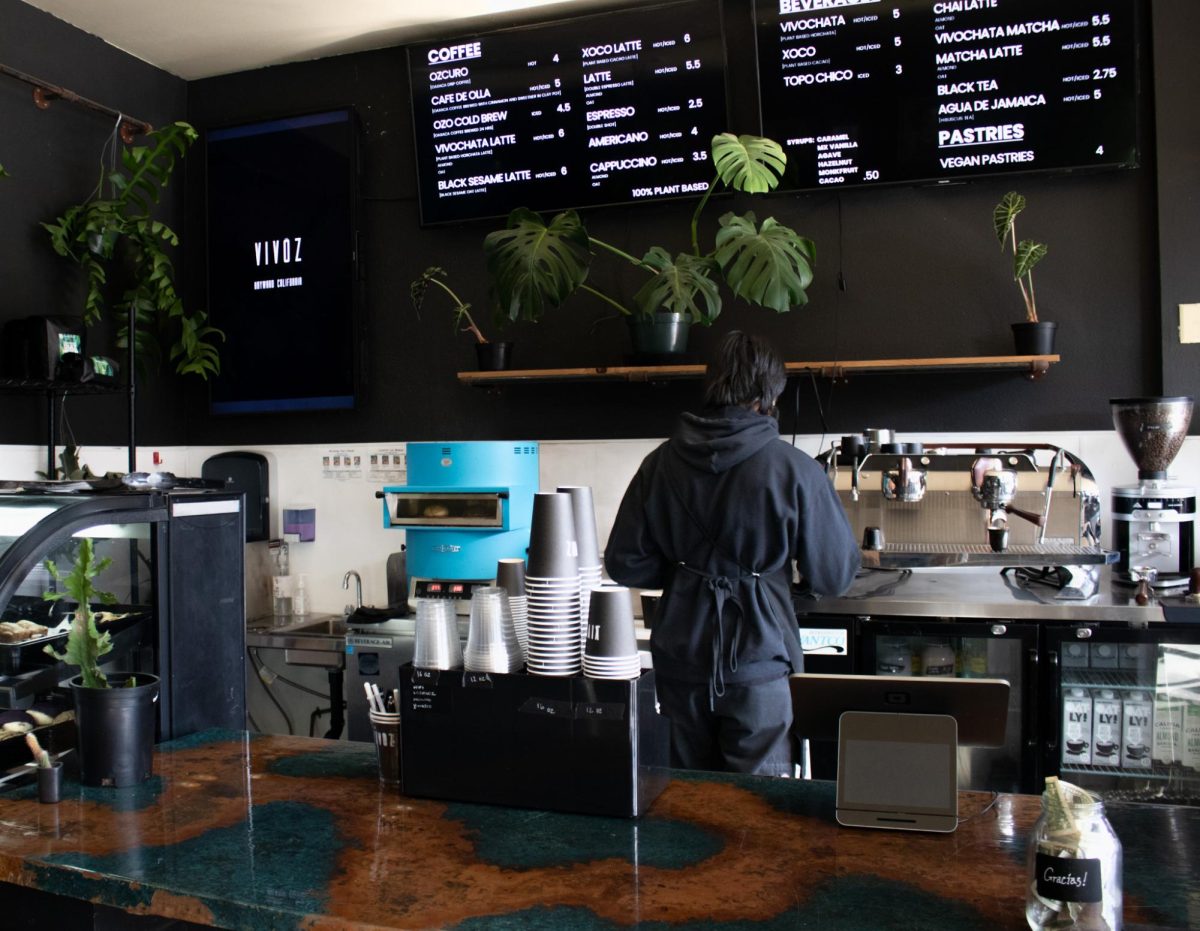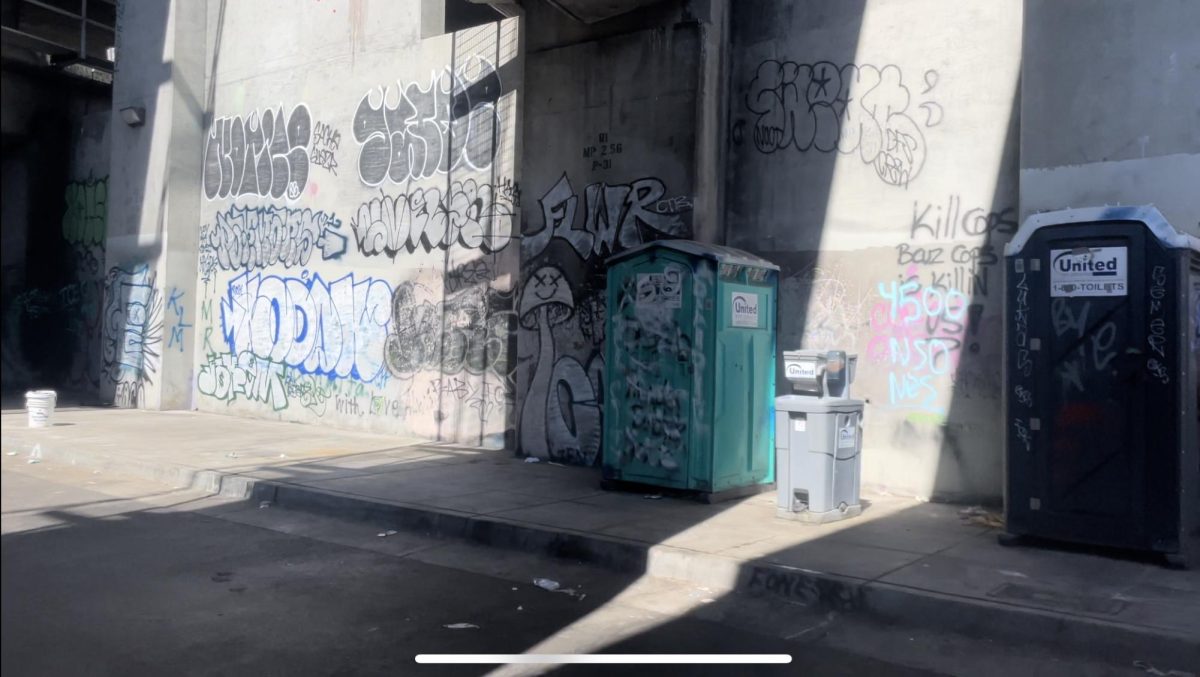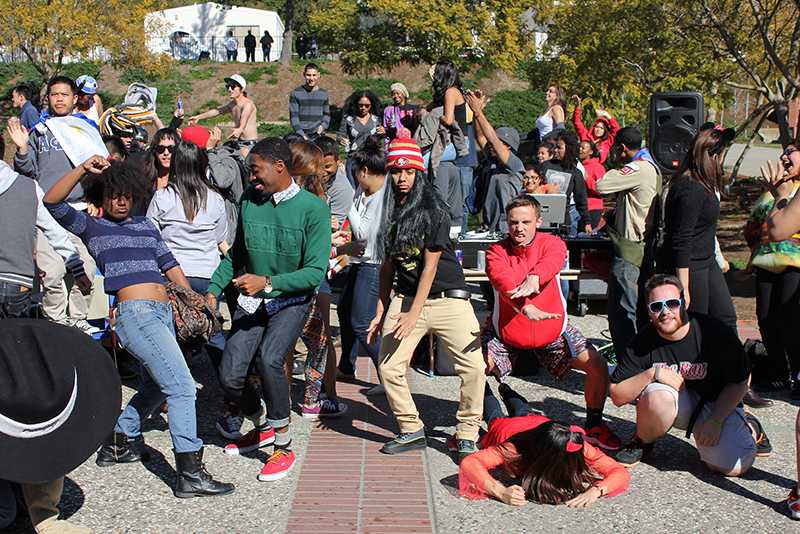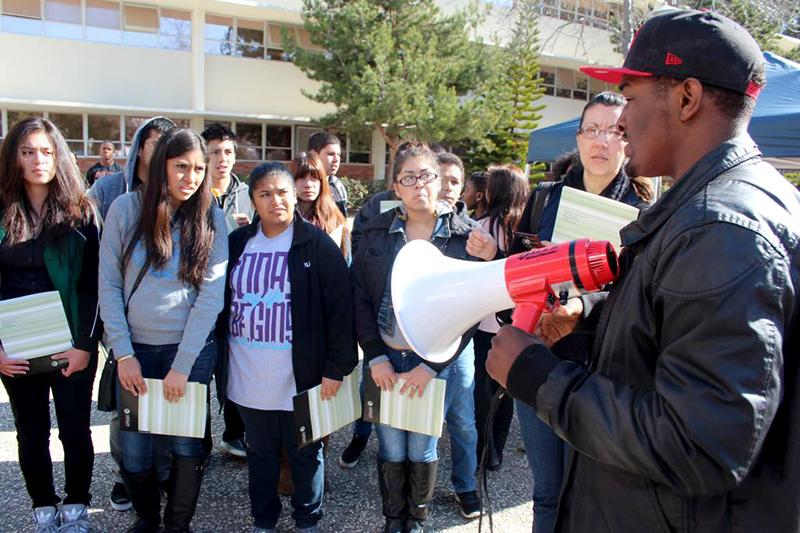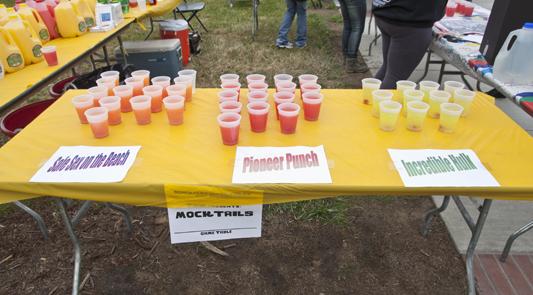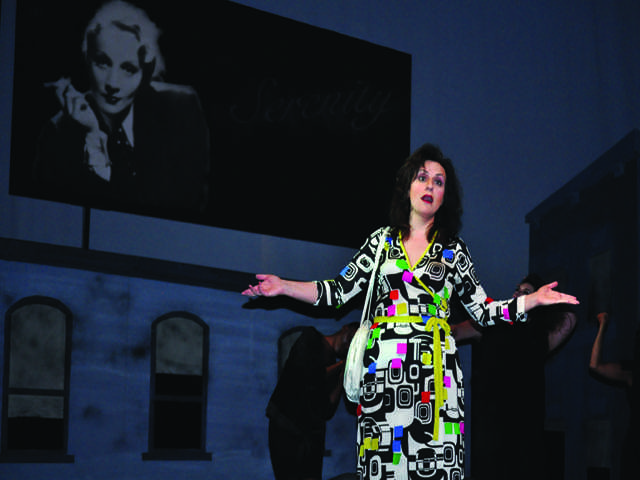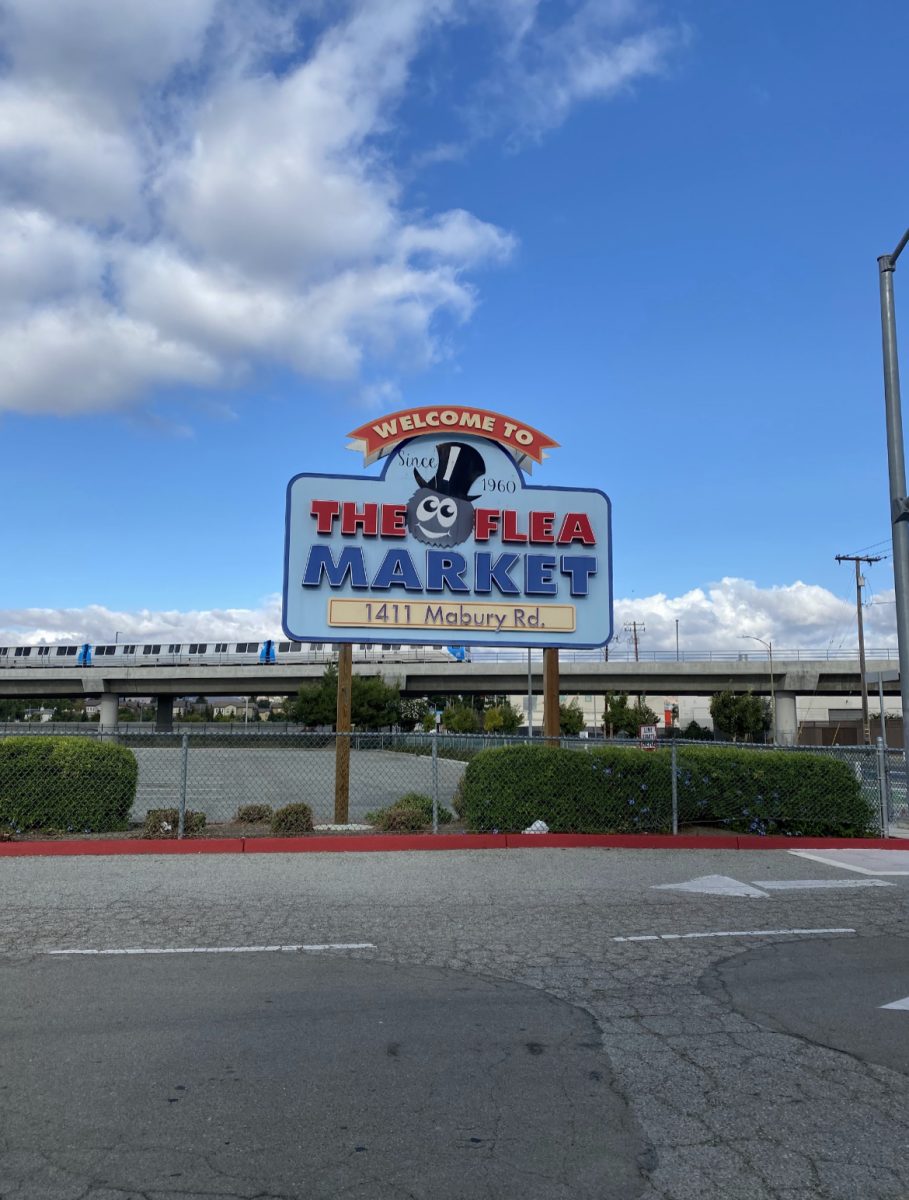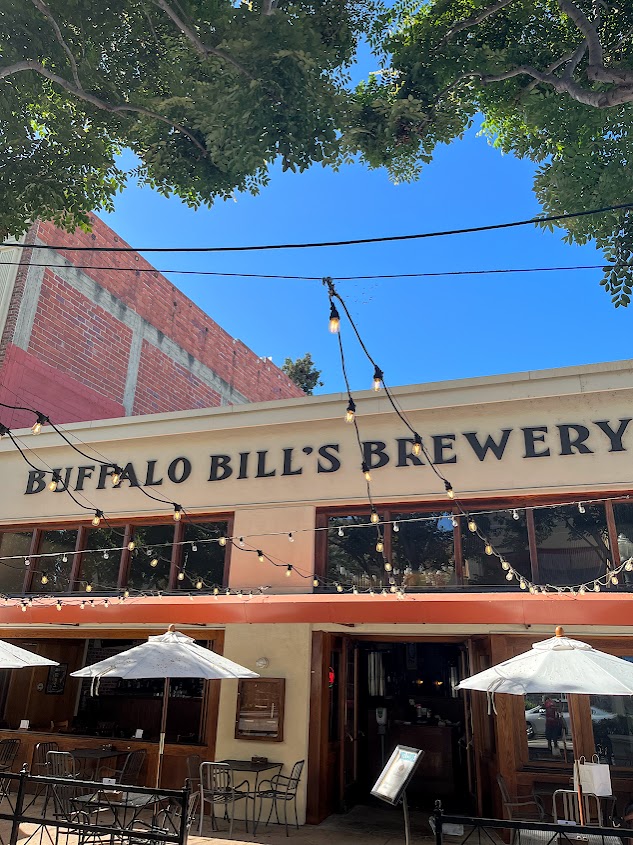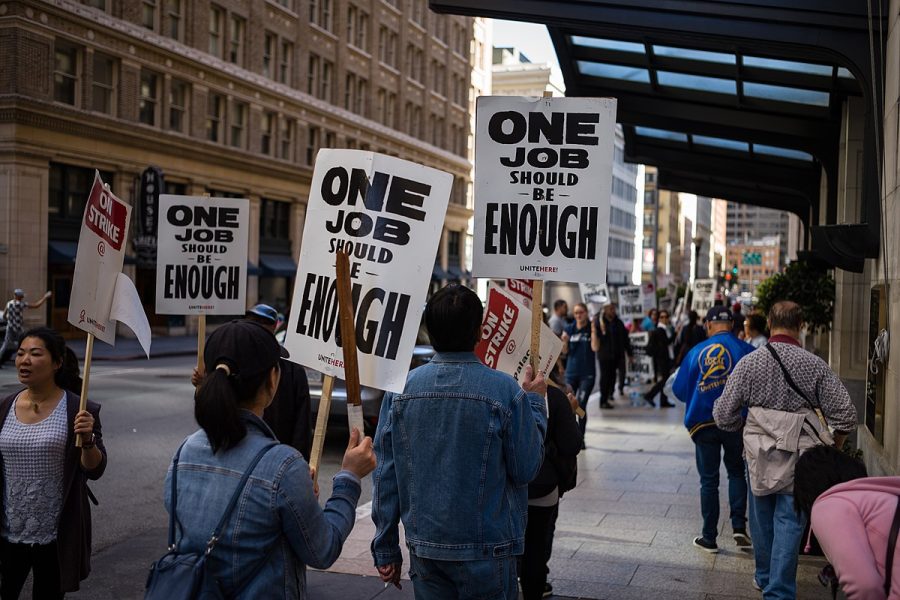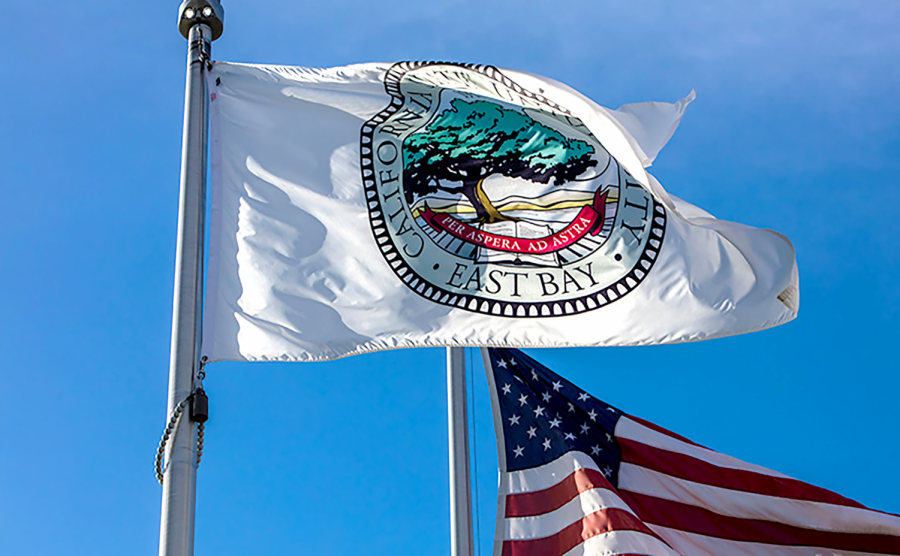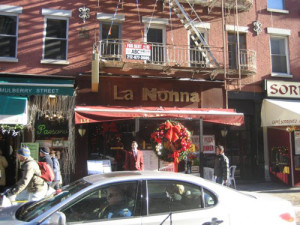
San Francisco and New York City are two of the busiest, culturally diverse and visited cities in the United States. Even though these places are over 3,000 miles apart, they have more in common than at first glance. One of the more notable similarities is they key role these places played in the assimilation and integration of Italian immigrants into American society.
North Beach is San Francisco’s Italian-American neighborhood. Surrounded by Jackson Square and Chinatown, this charming neighborhood in San Francisco offers an abundance of restaurants, cafes and family-owned shops all with a heavy Italian American influence.
In the 1860s, when the nearby shoreline classified the neighborhood as a beach town, much of the economy was supported by the fishing business. After reconstruction of the 1906 earthquake, the fishing docks and warehouses attracted Italian immigrants who were fisherman, enabling them to continue their livelihood as fisherman.
One of the more prominent areas of North Beach is Columbus Avenue, which is packed with Italian-American shops and restaurants. Alongside those businesses on Columbus Avenue are other historic pieces of San Francisco’s history, such as The Stone, a nightclub crucial to the punk music scene in the 1970s, and the Condor Club, America’s first topless bar.
The San Francisco Renaissance of the 1950s and 60s are also said to have beginnings in North Beach beacuse the “Beatnik” culture, originating in San Francisco, regularly met in the neighborhood bars and night clubs.
Today, North Beach is a culmination of San Francisco’s unique urban culture muddled with Italian-American influence.
New York City’s “Little Italy,” located in lower Manhattan, is a bit different than San Francisco’s North Beach. What was once a large, bustling Italian-American neighborhood is down to a handful of city blocks down Mulberry Street. However much smaller it may be than it was originally, Mulberry Street and all of “Little Italy” is still absolutely key to Italian-American history.
Italian immigrants first started coming to Ellis Island in the late 1800s and early 1900s, where their living conditions were overcrowded and unsanitary. Italian immigrants suffered through harsh stereotypes and isolation by mainstream society, despite their eagerness to assimilate.
With enormous tenacity and a strong work ethic, Italian immigrants, their children, and their grandchildren climbed the ladder of economic, educational and social success. Today, “Little for tourists and locals alike Italy” is a place to experience the excitement and stimulating atmosphere that defines New York City, along with Italian-Americans whose families have been working there for generations.
With both neighborhoods bursting with culture and history, how do the two compare?
Food:
Both Columbus Avenue and Mullberry Street are lined with dozens of Italian bakeries, restaurants and cafes, rampant with the most famous Italian-American cuisine. It goes without saying that New York has the upperhand on pizza, however North Beach’s espresso bars, like the famous Caffe Greco are hard to top. With that said, Italian-American cuisine is far more than pizza and spaghetti and meatballs. Great Italian food isn’t fussy, and doesn’t have a ton of ingredients. It is simple, earthy food that is prepared to enhance the natural flavors of what is being eaten–not drowning food in sauces or dousing it with cheese.
Steps of Rome in North Beach does a beautiful job in preparing classic Italian and Italian-American dishes simply, but deliciously. Their Cioppino, an Italian-American dish invented in San Francisco, features Italian flavors with the city’s impeccably fresh seafood, which is a perfect marriage of flavor. Il Cortile on Mullberry Street in Manhattan has a comparable menu of both Italian and Italian-American cuisine. Their steamed mussels entree with white wine, garlic and lemon is incredibly light while still being extremely flavorful. Il Cortile’s Sunday Special features homemade pasta with a rich tomato sauce, with braciole (flank steak) and sausage.
Culture:
Both neighborhoods have annual festivals. North Beach has the Columbus Day festival, and “Little Italy” has the Festival of
San Gennaro, which takes place on Mullberry Street. These festivals feature food, entertainment and a celebration of Italian-American pride. The Festival of San Gennaro is 11 days long, and celebrates Saint Gennaro, the Patron Saint of Naples.
The festival was originally started in the 1920s to commemorate the new Italian immigrants from Naples. Although these festivals are both important, revealed truths about Columbus later on in history may give the Festival of San Genarro more merit.
North Beach, much like New York’s “Little Italy” is now a culmination of surrounding cultures, not just Italian-American culture. What these two places have in common is a bordering Chinatown, which brings an eclectic mix of people, shops and food that can be found just by wandering down a couple of city blocks. It is not unusual to hear people walking down Columbus Avenue or Mullberry Street speaking Italian, Mandarin or Cantonese, for that matter. Both “Little Italys” are easily accessible from several surrounding neighborhoods, making the crowds wandering these neighborhoods anything but uniform.
History:
Museo Italo Americano of San Francisco in the nearby Marina district features a permanent collection of photography, sculpture and art by Italian-American artists, as well as rotating exhibits year-round. It is one of the only known museums in the United States that features only the works of Italian-Americans. Guests are greeted with a “buon giorno” upon entry, and the staff are eager to give tours and explanations behind the work.
The Italian American Museum on the corner of Mulberry Street and Grand Avenue in New York’s “Little Italy” is a restored bank from the 1880s. From the floors to the desks, safes, and machinery, everything in the museum is the original. The
Banca Stabile was the Italian immigrants’ connection home – featuring telegraph and import/export services and aiding in communication back to Italy. This museum houses a collection of papers, letters and statements from Italian immigrants, along with Ellis Island documents, photographs and many notable immigrant’s personal items. The museum shows the Italian immigrants’ struggle, but also celebrates their powerful influence on American society today.
“What a lot of people don’t understand is that it wasn’t easy for Italians,” explains Dr. Joseph Scelsa, the Italian
American Museum’s Founder and President. “But we made it, and we made it the hard way.”
San Francisco and New York City both tell their own stories on how Italian immigrants settled in the United States. Exploring both of these neighborhoods is an enriching experience for any visitor, no matter the ethnicity. Even if it’s not in the agenda, both of these places are worth going to, even if it is just to have a cannoli.







